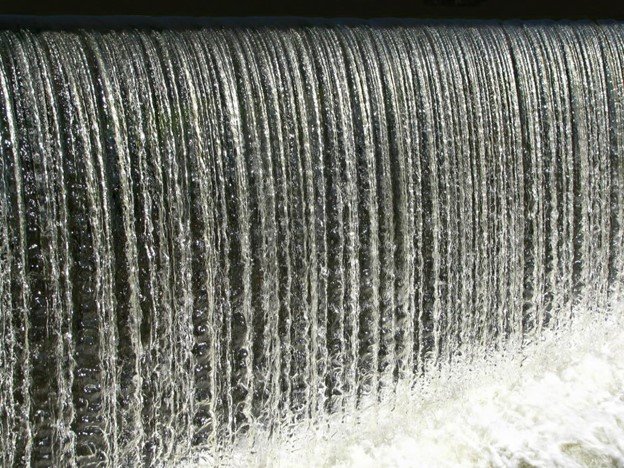Quicklime is made by heating calcium carbonate in a process called "calcining" to release carbon dioxide, leaving calcium oxide. Quicklime can be processed by crushing and adding a small amount of water, to make hydrated lime, also called slaked lime.
Quicklime in Water Softening
"Hard" water contains dissolved mineral compounds, including calcium and magnesium, and the softening process removes them. The process uses chemical reactions in a high-pH environment to form calcium compounds that precipitate into solids, which can then be filtered out. For example, calcium bicarbonate reacts with lime to create calcium carbonate and water.

Quicklime in Municipal Sewage Treatment
As with water softening, lime raises the pH of sewage water containing phosphorus and nitrogen from organic sources. In the high-pH environment, lime combines with phosphorus to create calcium phosphates, which precipitate out of the water as a solid. "Ammonia stripping" uses that same high-pH environment to release nitrogen (as ammonium hydroxide) into the atmosphere, in the form of gas.
Quicklime in Industrial Wastewater Treatment
Many industrial processes -- from mining to steel making to fruit canning -- generate acidic wastewater, which must be treated before release. Lime serves to neutralize acids while also precipitating various metals into solids that can be recovered. Other, more caustic agents, such as caustic soda, could perform similar functions, but lime is cheaper and safer to handle, and its resulting sludge captures more metals with less tendency to leach them out.
If you are looking for high-quality quicklime to meet up with your specific demand; please don't hesitate to contact us to have more details of our products and get our best offer.